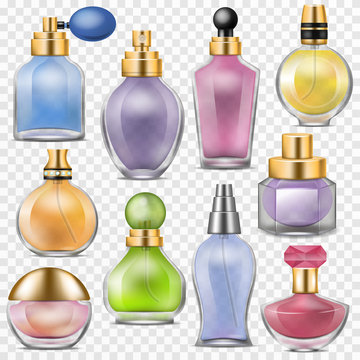Common Myths and Misconceptions About Tankless Water Heaters
Tankless water heaters have gained popularity in recent years due to their energy efficiency and the promise of endless hot water. However, several myths and misconceptions surround these systems, which can lead to confusion and misguided decisions. Here, we will debunk some common myths about tankless water heaters and clarify their true benefits and limitations.
Myth 1: Tankless Water Heaters Provide Instant Hot Water
One of the most widespread misconceptions is that tankless water heaters deliver hot water instantly. While tankless systems heat water on demand, there is still a short delay for the hot water to travel through the pipes to reach the faucet. This delay can vary depending on the distance between the heater and the outlet. To mitigate this issue, some homeowners install a recirculation system, which keeps hot water readily available at the tap, albeit at an additional cost.
Myth 2: Tankless Water Heaters Are Maintenance-Free
Another common myth is that tankless water heaters require little to no maintenance. In reality, regular maintenance is crucial to ensure optimal performance and longevity. Tankless water heaters can accumulate mineral buildup, especially in areas with hard water. Annual descaling is recommended to prevent this buildup and maintain efficiency. Additionally, routine checks on the system’s components can help identify potential issues before they become major problems.

Myth 3: Tankless Water Heaters Are Suitable for Every Home
While tankless water heaters offer many benefits, they may not be ideal for every home. For instance, homes with high hot water demand might need multiple units to meet their needs, which can increase the initial cost significantly. Additionally, the installation of a tankless system may require upgrading the home’s gas line or electrical system, leading to additional expenses. It is essential to evaluate your household’s hot water usage and consult with a professional to determine if a Jnod tankless water heater is a suitable choice.
Myth 4: Tankless Water Heaters Are Always More Energy-Efficient
Tankless water heaters are often touted as more energy-efficient than traditional tank heaters. While it is true that tankless systems can be more efficient, the actual savings depend on various factors, including usage patterns and the unit is efficiency rating. In households with infrequent hot water use, the energy savings may be less significant. Additionally, the standby losses associated with tank heaters are minimized with tankless systems, but this advantage may be offset by the energy used during the heating process, especially in larger households.
Myth 5: All Tankless Water Heaters Are the Same
Not all tankless water heaters are created equal. There are significant differences in quality, efficiency, and features among various models and brands tankless water heater brands list. When choosing a tankless water heater, it is crucial to consider factors such as the flow rate, energy efficiency rating, warranty, and customer reviews. Investing in a high-quality unit from a reputable manufacturer can ensure better performance and reliability.





